How to prepare a hydrogen peroxide footbath?
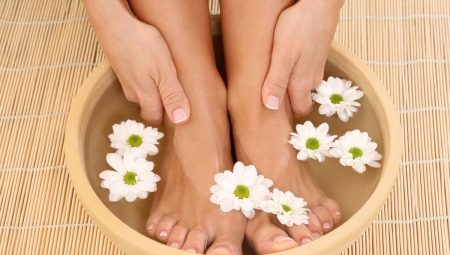
In the absence of proper care for the feet of a person, over time, unpleasant consequences are comprehended, from which it becomes embarrassing to put on shoes and appear on the beach, visit a bathhouse and a pedicure room. These troubles often create discomfort and pain when walking with and without shoes. Outwardly, they are expressed in the form of corns, calluses, coarsening and cracking of the skin of the feet, as well as the development of a fungus of the sole and nails. At home, you can put the skin of the legs in order with the help of trays with hydrogen peroxide. Regular procedures with foot baths are guaranteed to heal your feet and restore softness and a normal look to their skin.
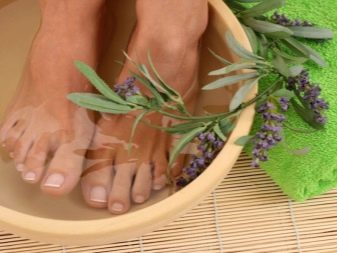
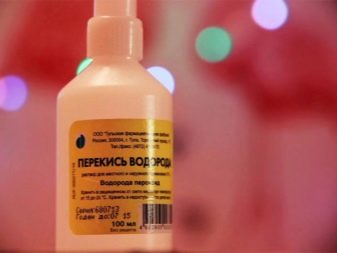
Methods for preparing baths
There are several basic foot bath recipes that address rough skin, cracks, and fungal problems. And the main active ingredient in these solutions is hydrogen peroxide, which is also called peroxide. For a better effect and depending on the condition of the skin of the feet, along with peroxide, other substances and medicines are sometimes added to the solution: sea salt, aspirin, medicinal herbs, baking soda, glycerin. To combat the fungus, baths with the addition of iodine are possible. Applying this or that method, one should not forget about the individuality of the organism's attitude to drugs, which is an important factor in obtaining a result.
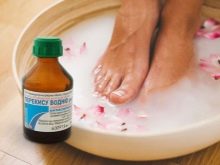
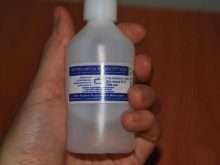

Basic recipe with hydrogen peroxide
This method of preparing a solution for foot baths can be called basic without the addition of other substances. It is sometimes called classic.You only need 2 components for the preparation of trays: 3% hydrogen peroxide in powder or tablets and ordinary drinking water. Only now the ratio of the amount of peroxide to the volume of water may differ depending on what problems are planned to be solved by these procedures.

To get rid of rough skin and deep cracks on the heels, a solution is prepared at the rate of:
- 3 liters of water;
- 6 tablespoons of peroxide powder (or 6 tablets).
The solution turns out to be caustic, but otherwise it will be more difficult to achieve a good result and not as quickly as we would like. In cases where the condition of the heels is satisfactory (they have mild changes), the amount of peroxide is halved. Hot water is poured into a basin or a special bath for foot procedures, then peroxide is added to it. The temperature of the water should be such that the legs tolerate it without discomfort. One procedure lasts 10 minutes, then wipe off the steamed dead skin from the heels with a pumice stone (it will be white in color). Finally, lubricate the treated areas with a nourishing foot cream.
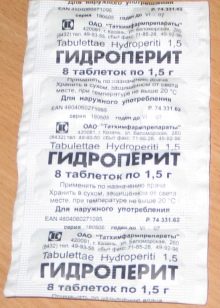
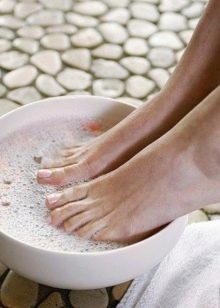
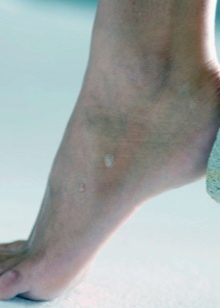
Baths with medicinal additives
Not for all unpleasant changes on the skin of the feet, a pure solution of hydrogen peroxide in water is effective.
There are known recipes in which additives to the classic solution of peroxide with water are provided.
- For the prevention of the formation of calluses, corns and the development of fungus, it is recommended to carry out the following procedure once a week. In a bath with heated water with a volume of 3 liters, 3 peroxide tablets and 1 tbsp. spoon of glycerin. The legs are kept in this preventive solution for about 20 minutes, and then the feet are wiped dry, given some time to dry completely and smeared with an emollient cream.
- To remove calluses from the soles of the feet, use peroxide baths, while adding baking soda. First, the legs are steamed in three liters of hot water without any additives for 10 minutes. Then add 2 tbsp. tablespoons of peroxide and 2 tbsp. tablespoons of soda, stir until the medicinal products are completely dissolved and immersed in the solution of the legs. After 5 minutes, you can start cleaning the skin from calluses with a pumice stone or a brush. In addition to getting rid of the resulting calluses, such a procedure is at the same time a preventive measure against the appearance of new growths.
It is worth noting that these methods are not enough in the fight against nail fungus. In addition to the baths, antifungal measures should be taken with the help of special preparations and local compresses with the participation of the same peroxide.
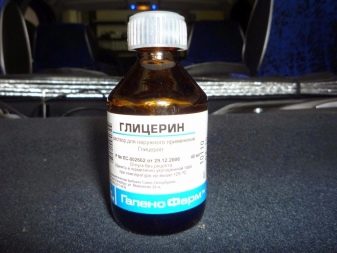
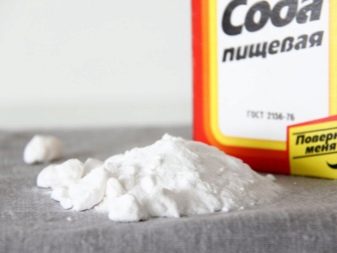
Herbal Peroxide Supplements
Hydrogen peroxide dries up the skin of the legs, so it is worth adding some decoctions and tinctures of medicinal herbs to the classic baths with hydrogen peroxide, for example, a decoction of St. John's wort or tincture of calendula.
The recipe with the participation of the named herbs is as follows.
- For 3 liters of warm water, 60 ml of 3% peroxide and 25 ml of calendula tincture on alcohol. Keep your feet in such a bath for 15-20 minutes.
- Prepare a decoction of 30 g of dried St. John's wort in 300 ml of water, and after cooling down, mix it with 60 ml of 3% hydrogen peroxide. Pour the resulting mixture of broth and peroxide into warm water with a volume of 2 liters and keep the feet in the solution for about 10 minutes.
From steamed feet after taking foot baths with medicinal herbs, it remains to remove dead skin areas and treat with an emollient cream.
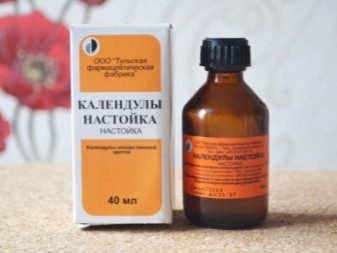
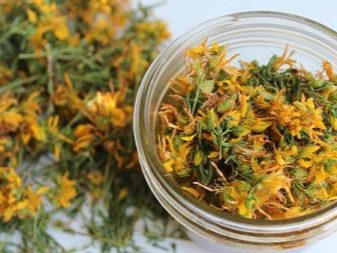
Aspirin peroxide
For better healing of cracks and wounds on the feet, as well as prevention of purulent processes in them, aspirin is an effective remedy. Only it does not need to be added to the solution for bathing procedures.
Aspirin is used in a different way.
- Legs are steamed in a bath with hydrogen peroxide according to the classical method for 10 minutes.
- With a pumice stone or a special brush, the skin softened by the bath is removed from the diseased area of the feet.
- Grind several tablets of acetylsalicylic acid to a powder.
- Pour aspirin powder into wounds and cracks. The help of another person may be needed at this stage of the foot treatment.
- Bandage your feet and put on socks.
This method of treating the legs is best done at night. After bandaging and putting on socks, you can go to bed. In the morning, remove the bandages and additionally clean your feet. The procedure for treating feet with aspirin after a bath is not recommended more than 1 time in 10 days.
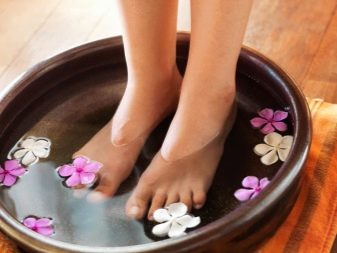
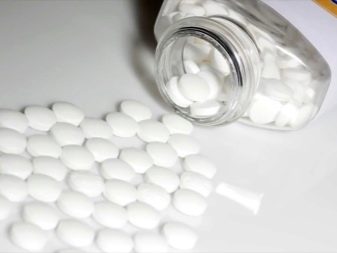
Sea salt
The use of sea salt, together with hydrogen peroxide, is one of the interesting and effective ways to take a foot bath to heal the skin. Sea salt has healing and other beneficial properties, having in its composition an impressive set of minerals that have a beneficial effect on the human body (for example, calcium, magnesium, potassium, iodine, phosphorus, iron). And together with hydrogen peroxide, such a solution is obtained, from which dead skin growths on the feet fall off after several procedures.
For the bath, take 75 g of sea salt based on the preparation of a solution with a volume of 3 liters. Dissolve salt in hot water, and keep feet in it for 5-7 minutes. After that, 3% peroxide in an amount of 50 ml is added to the bath. The legs are kept in the enhanced medicinal solution for another 5-7 minutes, after which the feet are treated with pumice. Cleaning is usually easy. This method can be used 2 times a week.

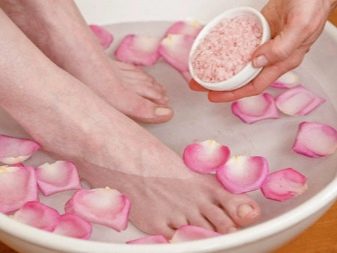
Folk recipe
Reviews of all the listed methods of foot baths are not only positive, but also supplement the treasury of effective recipes for dealing with unpleasant changes in the skin of the feet in new ways. For example, you can mark a review while describing the recipe for a lemon bath. The woman who used this method briefly described her actions to get rid of corns.
First, soak your feet in hot water with peroxide for about 8 minutes. Then carefully scrape off all the dead softened skin of the corns and attach a slice of lemon to this place. It is desirable to put on warm (woolen) socks for 2 hours. When time has passed, work with a pumice stone again and remove the swollen skin layer. Do this operation 2 times a week until the problem goes away.
And she will definitely leave, as if nothing had happened.
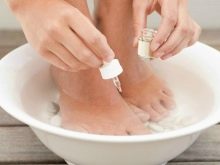
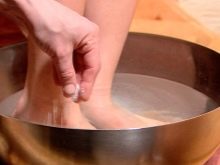
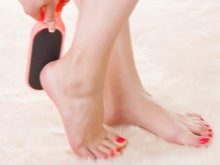
To avoid problems with the feet, you need to monitor them no worse than your hands. They should always be clean, dry, with clean shoes and fresh socks. After each bath for the body, it is advisable to clean the heels and other areas of the skin of the feet with a pumice stone, and once a week to perform a preventive procedure for taking a foot bath using peroxide. Rub a nourishing cream on your feet at night.
You will learn more about how to prepare a foot bath in the following video.








